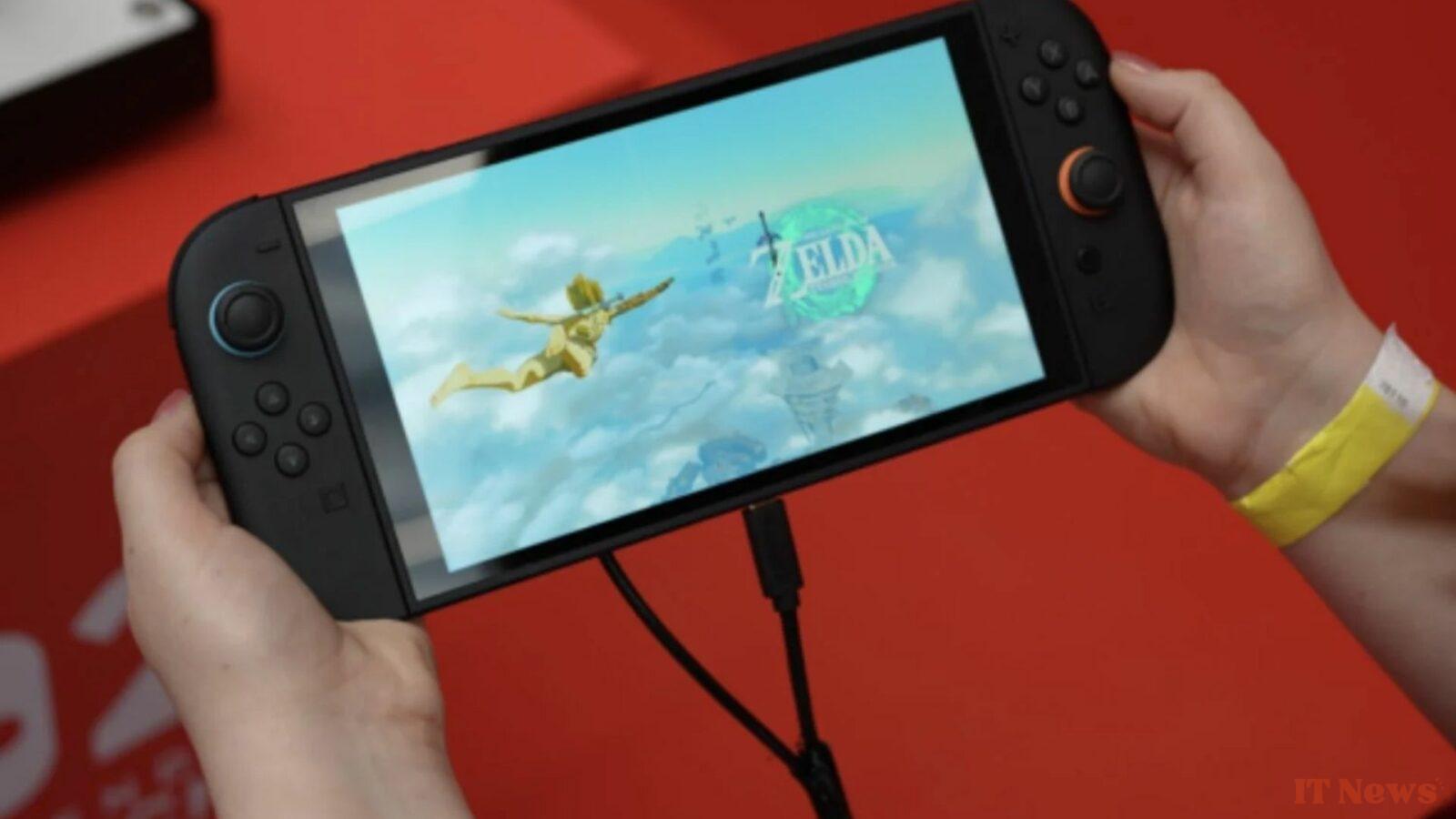It's a technical detail that's already intriguing and worrying early buyers. While gamers have their noses glued to the imminent release of the Nintendo Switch 2, the Japanese company has just warned of a fatal detail: the thin layer of plastic covering the console's screen. Many would be tempted to remove it to fully enjoy their new toy, but Nintendo expressly recommends not removing it. We explain everything.
Be careful when unboxing
Unboxing a new tech product often rhymes with the guilty pleasure of removing the thin plastic film that protects the screen. However, for the Switch 2, Nintendo intends to break this ritual. In the user manual, a discreet note warns: "The screen is covered with a layer of film intended to prevent the dispersion of fragments in the event of damage. Do not remove it." This directive, subsequently relayed by Nintendo Europe, is far from trivial.
Unlike the classic shipping film, designed to prevent scratches during transport, this film is a structural element of the console. It is permanently bonded to the console's LCD panel and is not intended to be removed. Its role: to retain any shards of glass if the screen were to break, thus avoiding any risk of injury or the spread of sharp fragments.
This device is not a first for Nintendo. The Switch OLED, launched in 2021, already incorporated an “anti-scattering adhesive film” for the same safety reasons. The major difference with a real screen protector sold commercially is that this film is neither designed to resist scratches nor to be easily replaced. It therefore does not protect the screen against everyday micro-scratches, but rather against the consequences of a violent shock.
Should I add an additional screen protector?
The question bothers many players: can I install a tempered glass or plastic screen protector over this original film? The answer is yes, and it is even recommended. Accessory manufacturers already offer models adapted to the Switch 2, to be affixed directly to the factory film. In any case, avoid removing the original film to install a screen protector. In addition to the risk of damaging the panel, this could void the manufacturer's warranty and compromise safety in the event of breakage.
Many regret that Nintendo did not opt for more resistant glass or a real high-end screen protector to protect the back of the console. Others are concerned about the aesthetic durability of the film, which could eventually become dull or peel off at the edges. This is a reflex to adopt as soon as you unpack it to enjoy your new console with peace of mind.



0 Comments